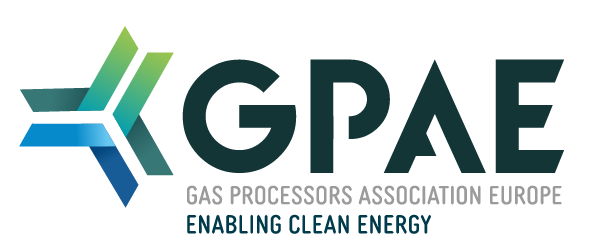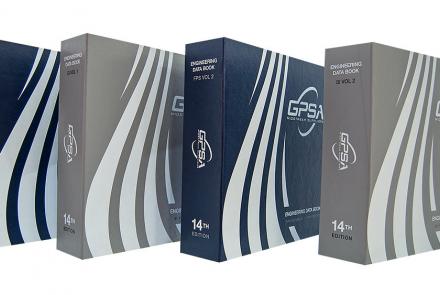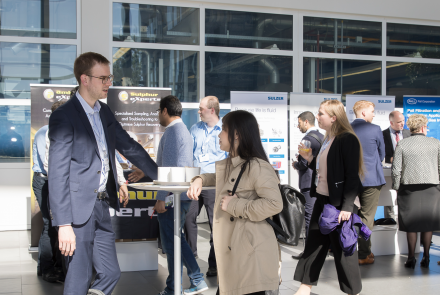Order your copy of the The GPSA Engineering Databook. The 14th edition is almost 1,000 pages of technical information and is the worldwide authoritative resource for technical and design information.
Minimizing the Energy Consumption of a Carbon Capture Unit Installed on a Steam Methane Reformer While Limiting its Impact on Overall Design
Hydrogen is seen as a future major energy carrier. However, current hydrogen production technologies from fossil fuels (so-called “grey” hydrogen) emit considerable amounts of CO2 as a co-product and carbon-free technologies (such as for instance “green” hydrogen produced through electrolysis of water with renewable electricity source) are still in early stages of development. One mid-term solution to reduce CO2 emissions in an attempt to reach COP21 objectives for 2050 is to capture CO2 released by the production of hydrogen from fossil fuels.
This paper focuses on carbon capture (CCS) in the syngas produced in a steam methane reformer (SMR) using the reactive absorption of CO2 with an amine solvent and its impact on the SMR design.
AXENS as Licensor of AdvAmine™ technology for gas sweetening process and provider of reformer furnaces through its Heurtey Petrochem brand detains an independent expertise for the evaluation of optimum design conditions of the amine system to minimize OPEX of the CO2 capture, and for the evaluation of the impact on the reformer, as well as the overall carbon footprint of the hydrogen produced, under the various considered process configurations.
In a first step several process schemes, using AdvAmine™ for the carbon capture from a syngas flow exiting a SMR unit are investigated and compared to minimize the energy consumption. To do so, the studied schemes are optimized by process simulation using a dedicated proprietary software, sized and then compared with techno-economic criteria.
In a second step, this paper evaluates the impact of removing CO2 from the syngas with such amine process, on the overall design of the SMR. The removal of CO2 from the syngas significantly modifies the composition at the inlet of the hydrogen purification through Pressure Swing Adsorption (PSA). Even though it may lead to only minor modifications on the PSA required for the purification of hydrogen, this change in PSA feed gas composition will drastically change the composition of the PSA purge gas. This PSA purge gas being recycled as a fuel to main SMR furnace, this will then impact the reformer section design and operation. Accordingly, the impact on the overall balances for make-up fuel requirement, steam production and overall CO2 footprint of the SMR are addressed considering two distinct scenario cases: the SMR grassroot design and existing SMR revamp case. Heat integration between the reformer and the amine carbon capture unit have also been considered, in order to optimize the overall process configuration. The specific constraints of the revamp case, for which some of the existing equipment items cannot be modified, lead to a less effective carbon capture than for the grassroot case.


